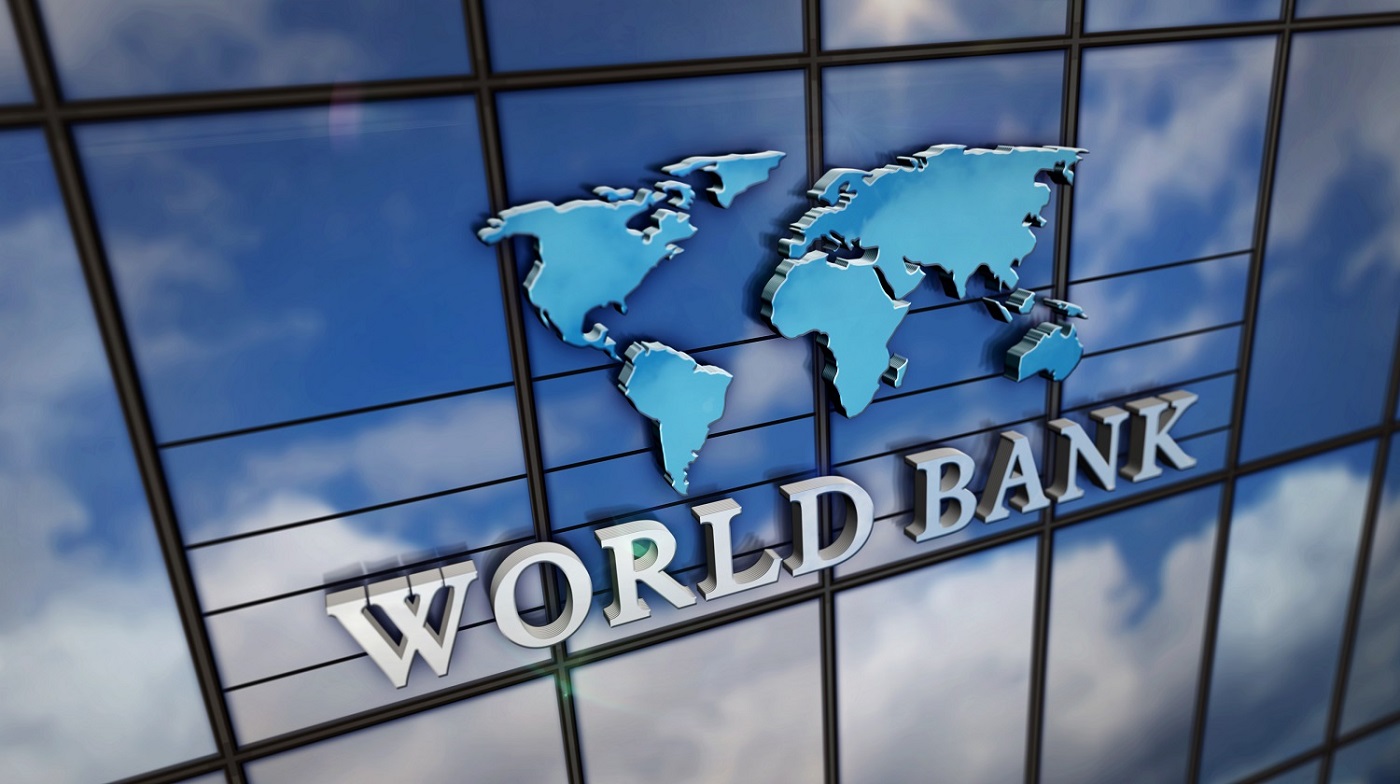Despite uncertainty about the outlook for inflation and interest rates in major economies and trading partners, developing Pacific economies are expected to grow in 2023 and 2024 due to a recovery in tourism, post-disaster rebuilding, and infrastructure construction, a World Bank report released today says.
Pacific growth is expected to pick up to 3.9 percent this year from 2 percent in 2022 and then moderate to 3.3 percent next year as the initial post-COVID-19 rebound dissipates and as the region moves towards its long-term trend growth of 2.6 percent, according to the Pacific Economic Update: Recovering in the Midst of Uncertainty.
Fiji is expected to continue leading the Pacific’s recovery from the pandemic, starting from a strong rebound in 2022 (18.6 percent) and into 2023 (7.7 percent), owing to a revival of tourism. Robust growth is also projected for Palau (10.3 percent), Samoa (5.5 percent), Tuvalu (3.9 percent), and Federated States of Micronesia (3.2 percent).
“Most Pacific countries are projected to reach their pre-pandemic GDP level by 2024,” said World Bank Economist for the Pacific, Reshika Singh. “For tourism-based economies, international travel mainly explains the recovery path. For others, the effects of post-pandemic border reopening will be evident in higher public investment and construction. Continued strong remittance inflows will also support consumption and growth, particularly in Samoa and Tonga.”
At the same time, uncertainty about global commodity price movements, geopolitical tensions, slower growth among major trading partners, and the region’s vulnerability to natural disasters pose downside risks to the Pacific economic recovery. Many Pacific countries rely heavily on energy and food imports, and persistently elevated international food and energy prices will create prolonged price pressures on the region, with the potential to push vulnerable populations into poverty.
A special focus of the report examines the impact of labor migration, which has served as an engine of development and an increasingly important pillar of bilateral and regional economic relationships. Six of the top 10 remittance recipients in the East Asia and Pacific region, by share of GDP, are in the Pacific. In Tonga and Samoa, four out of every five households receive remittances from abroad, with remittance income making up on average 30 percent and eight percent of household consumption, respectively.
“Pacific workers engaged in labor mobility programmes earn significantly more overseas than they would at home, with latest estimates showing Tongan seasonal workers in Australia and New Zealand make three to four times more than they could at home. For Ni-Vanuatu workers, it’s up to ten times as much,” said World Bank Programme Leader for Human Development in the Pacific, Thomas Walker.
The Pacific Economic Update highlights that participation in labour mobility programmes can strengthen family relationships, empower women, and deliver better health and education outcomes for migrants’ families.
Yet despite the immense benefits labour mobility can provide, it also poses significant challenges, including workers’ prolonged absences from home, dissatisfaction with earnings and health coverage, and the risk of losing skilled workers in home countries. For Pacific countries to reap the most benefit from labor mobility programs, the region must invest more in education and training, including through programs to support returning migrant workers. Improvements to the business climate in Pacific countries can also help create more and better jobs in Pacific countries themselves.
The Pacific Economic Update: Recovering in the Midst of Uncertainty is now online. The report covers 11 Pacific countries: Federated States of Micronesia, Fiji, Kiribati, Nauru, Palau, Republic of Marshall Islands, Samoa, Solomon Islands, Tonga, Tuvalu, and Vanuatu.
SOURCE: WORLD BANK/PACNEWS














